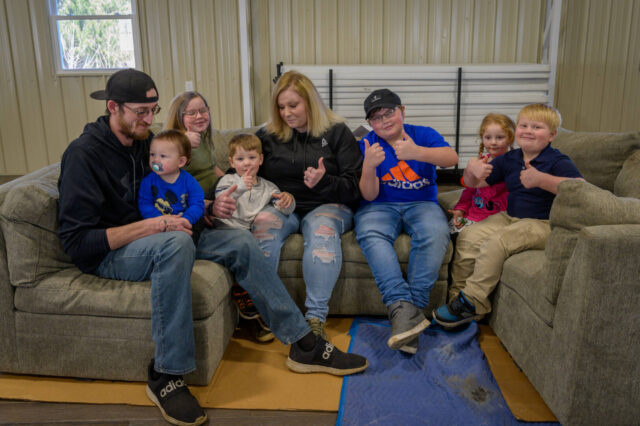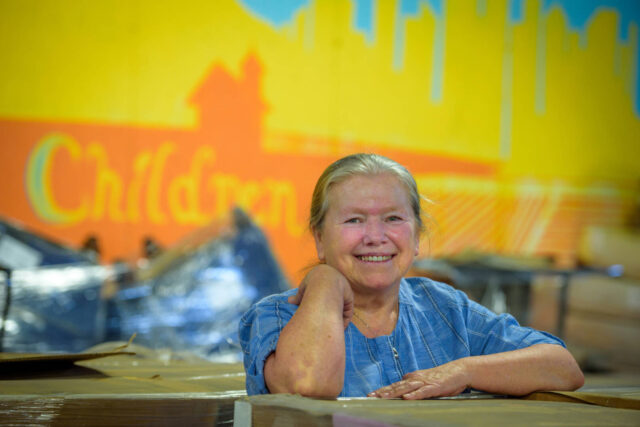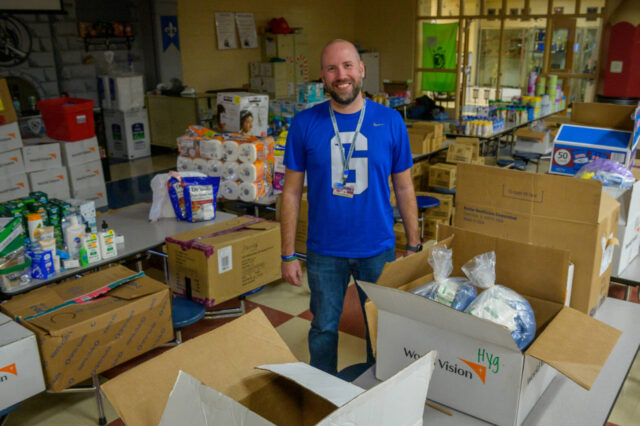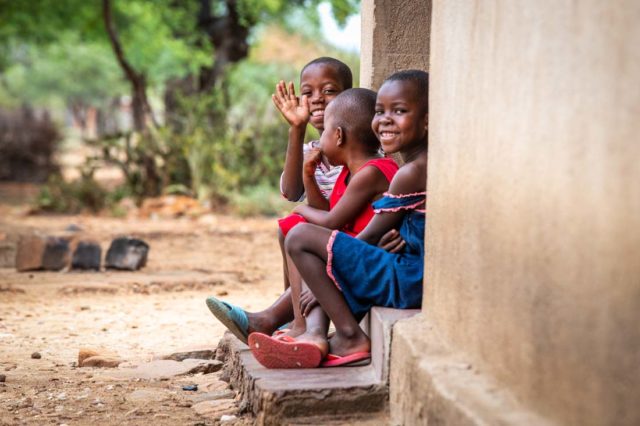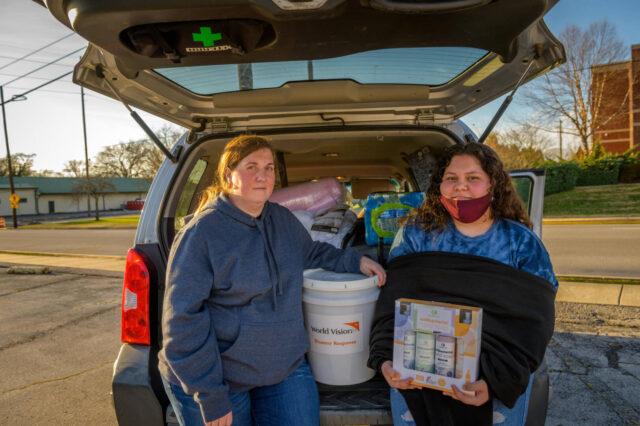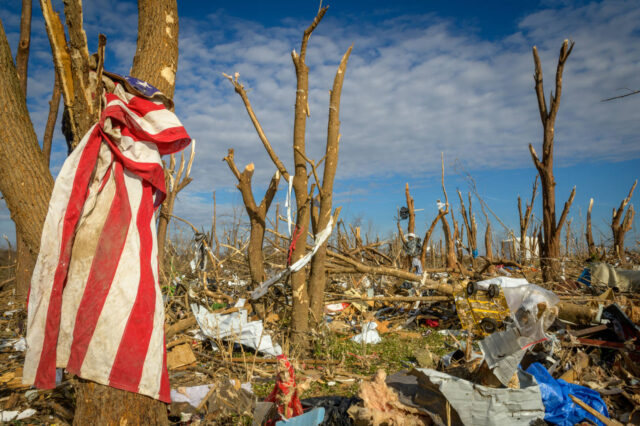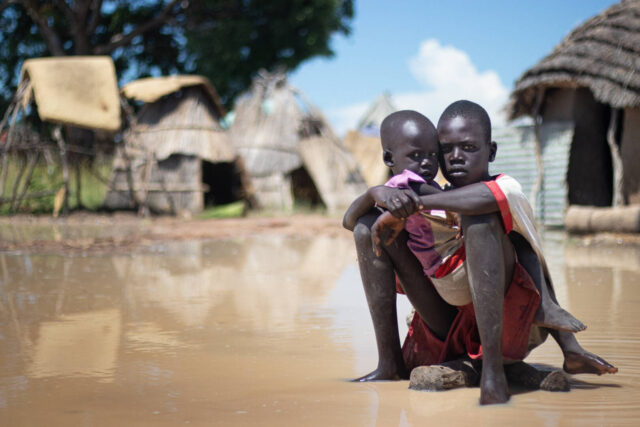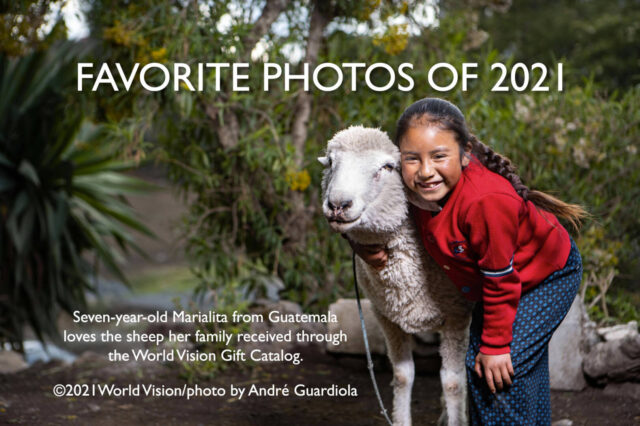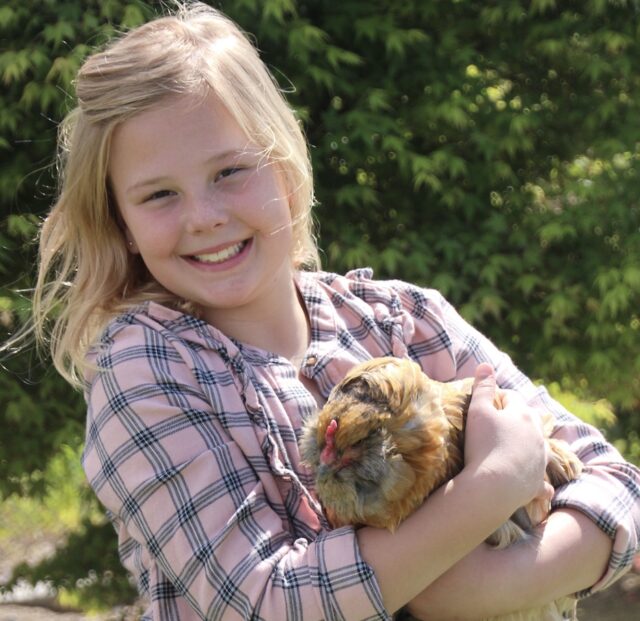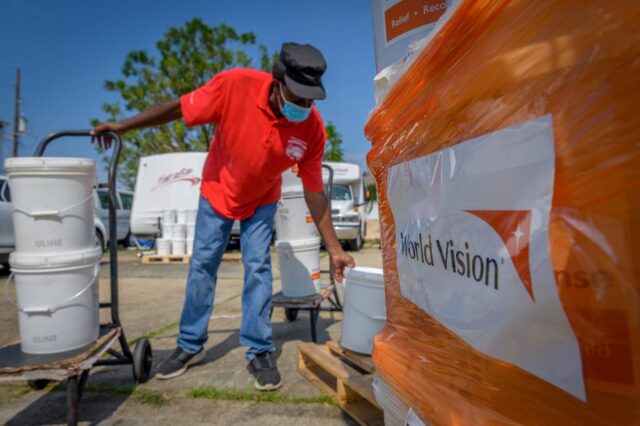The gift of brand-new furniture helps a mother of six create a welcoming new home for her family. Kelsey, who is recovering from drug addiction, received new furniture from a corporate donation given through a World Vision partner church in West Virginia.
News & Stories
U.S. Work
Volunteering helps a West Virginia widow heal
Tammy Wells lost her husband of 40 years to COVID-19. As she coped with her grief, she decided to volunteer at World Vision’s West Virginia Storehouse where she found community and connection to a greater purpose.
School principal helps his community after devastating tornado
A Kentucky principal learned to be a servant leader from his parents. Now he puts that into practice serving his tornado-devastated community of Mayfield, Kentucky.
12 reasons to have hope in 2022
While progress on ending global poverty and boosting development has slowed or stalled because of the pandemic, we still have many reasons to be hopeful. As we see progress in clean water, mother and child health, advocacy work, and more, we can trust that our sovereign God hasn’t stopped working. Read evidences of God’s mercy to His people with these 12 reasons to have hope in 2022.
Kentucky tornado survivor: “There is hope because we’re not alone”
A Kentucky tornado survivor knows she’s not alone. A community of volunteers and donors is coming together to support those recovering from the tornadoes that swept through Kentucky and neighboring states.
U.S. tornadoes: Facts, FAQs, and how to help
A series of deadly tornadoes devastated more than 200 miles of the U.S. Midwest and South on December 10, 2021, affecting hundreds of thousands in at least six states. Learn more about the tornadoes and what World Vision is doing to help affected families.
10 of the top disasters in 2021
In 2021, World Vision responded to 72 disasters in 52 countries, helping more than 30.1 million people in crisis — in addition to our ongoing global response to the COVID-19 pandemic. Learn more about some of the worst disasters of 2021.
Favorite photos of 2021
In 2021, the world continued to grapple with the COVID-19 pandemic along with wars and political unrest. Refugees and displaced peoples fled violence. Natural disasters spread destruction in their wake. But there were also small and big moments of joy to celebrate. See what World Vision’s communicators captured in this extraordinary year.
California girl’s gifts bloom with hope for other children
Ten-year-old Blakeleigh Snell’s gifts given through the World Vision Gift Catalog help empower children and families to lift themselves out of poverty. “It feels really good to know that I’m helping someone,” Blakeleigh says.
Hurricane Ida: Through the lens
World Vision partners with local churches when responding to natural disasters like Hurricane Ida to ensure that supplies reach the most vulnerable.
